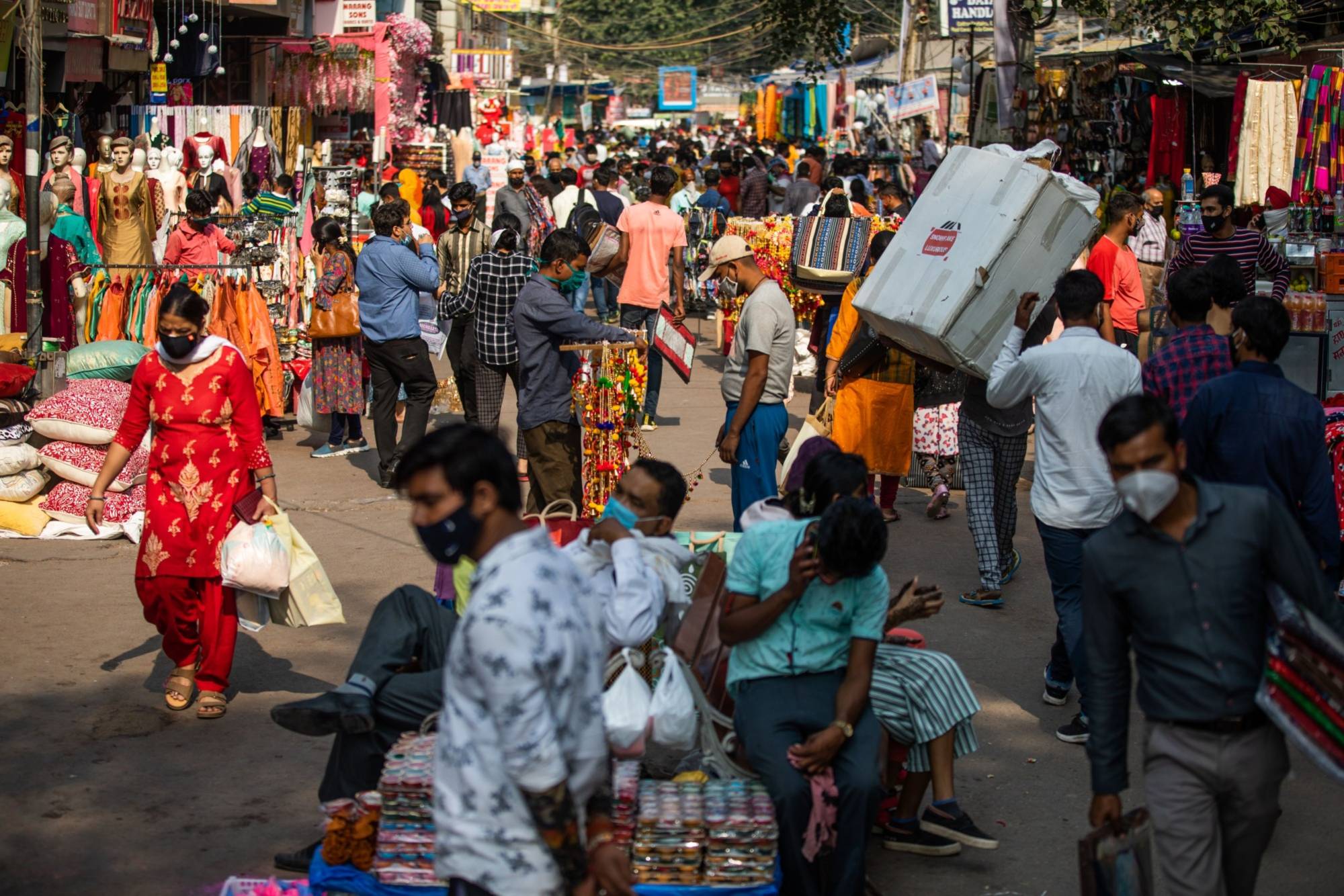In February 2020, unaware the coronavirus pandemic was about to wipe out her livelihood, Arpita Das borrowed $2,300 to buy materials and equipment for her family fishing business in West Bengal, India. A few weeks later, demand for her prawns collapsed, leaving her unable to make the $180 monthly repayments to two microlenders.
The 33-year-old mother of two, who had never missed a payment since she started borrowing three years earlier, is now living off the vegetables and grains she grows on a plot of land outside the home she shares with her husband and his parents. With the whole family out of work, they are unlikely to have any income unless she can borrow $1,400 for this year’s prawn harvest.
During India’s initial three-month lockdown, one of Das’ lenders would call her regularly to see how she was doing. Now reps visit her in person at home every few weeks to see if she can pay. "I tell them that I don’t have the money,” she says from a remote town on the banks of the Kangsabati River. "They say I won’t be eligible to borrow more unless I repay my current loan. How can I restart my business if I can’t get a loan?” Das says she fears she may be forced to turn to moneylenders, who charge rates as high as 100%.

















With your current subscription plan you can comment on stories. However, before writing your first comment, please create a display name in the Profile section of your subscriber account page.